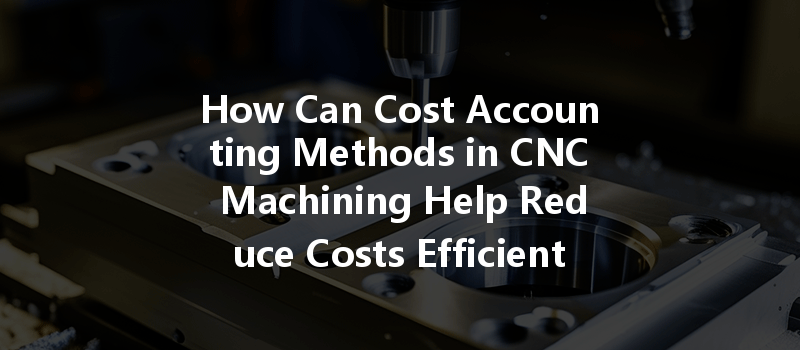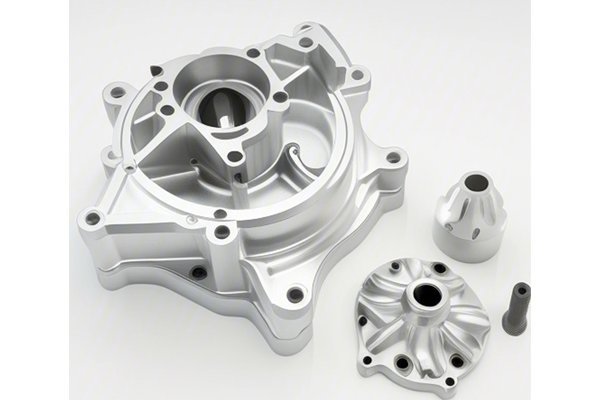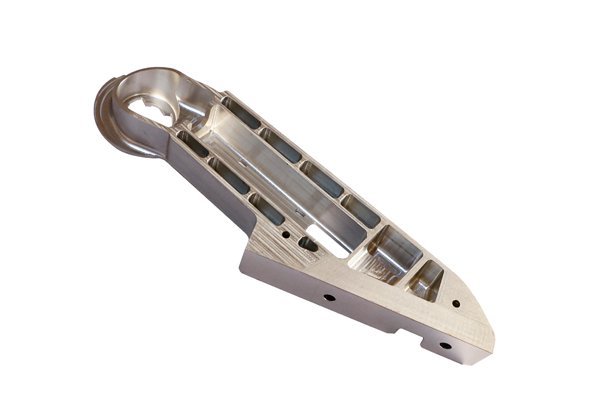In today’s rapidly evolving manufacturing landscape, precision and efficiency have become more crucial than ever. Computer Numerical Control (CNC) machining stands at the forefront of this evolution, allowing for high-precision production of complex geometries used across various industries. However, one often-overlooked aspect of CNC machining is the financial component, specifically, how effective cost accounting methods can be utilized to enhance operational efficiency and reduce overall costs. At YL Machining, we understand that an intricate grasp of cost accounting not only streamlines budget management but also informs strategic decision-making at all levels of production.
This comprehensive post delves into the various cost accounting methods applicable in CNC machining, illustrating their importance and revealing how they can be effectively employed to yield tangible cost savings. We will discuss traditional methods like job order costing and process costing while exploring more advanced techniques like activity-based costing (ABC). We will also provide insights from the field, useful data analysis, and practices that can help mitigate costs effectively.
Understanding Cost Accounting in the CNC Machining Environment
The Basics of Cost Accounting
Cost accounting refers to the process of tracking, recording, and analyzing costs associated with the production of goods. It is an essential tool for managers to evaluate business performance, control operational costs, and guide strategic decision-making. By classifying costs—fixed, variable, direct, indirect, and overhead—organizations can achieve greater financial insight and effectively manage resources.
In CNC machining, the dynamic nature of production and the intricacies of managing multiple projects simultaneously necessitate precise cost accounting methods. Keeping tabs on every cost element, from labor to materials, can illuminate pathways for cost reductions that might not be immediately apparent.
Importance of Cost Accounting in CNC Machining
Key Cost Accounting Methods in CNC Machining
Understanding which cost accounting methods best suit your operations is crucial for optimized efficiency. Here we will explore several pertinent methods.
Definition
Job order costing assigns costs to specific individual jobs or batches. This approach is particularly applicable in customized CNC machining environments where each project has distinct requirements.
Implementation
Under the job order costing system, costs are tracked for each job—covering materials, labor, and overhead. At YL Machining, we assign all costs associated with raw material procurement, labor hours, and machine time to each specific job. This allows us to calculate job profitability effectively.
Benefits
Data Analysis Example
For example, consider a job that required 500 hours at an hourly rate of $50, along with $20,000 in materials and $5,000 in overhead. The total job cost would then be:
[
text{Total Job Cost} = (text{Labor Hours} times text{Hourly Rate}) + text{Material Cost} + text{Overhead}
]
[
text{Total Job Cost} = (500 times 50) + 20,000 + 5,000 = 45,000
]
With this analytical approach, YL Machining can assess the relevancy of costs based on customer demands, thus paving the way for competitive, informed pricing.
Definition
Process costing is utilized for mass production environments where similar products are machined in a continuous flow and costs are averaged over large quantities.
Implementation
In a process costing scenario, costs are accumulated over a production period and divided by the total number of units produced. This helps in standardizing cost aspects while delivering consistent product quality.
Benefits

Definition
Activity-Based Costing provides a more nuanced view of costs by tracking activities and assigning indirect costs based directly on their relation to specific products or services.
Implementation
ABC involves identifying all activities pertinent to the production and allocating overhead costs based on the actual consumption of resources at each activity level. This leads to a more accurate representation of costs associated with products or services than traditional methods.
Benefits
Comparison of Costing Methods: Job Order & Process Costing
| Feature/Criteria | Job Order Costing | Process Costing |
|—————————|————————————————|———————————————-|
| Applicability | Custom jobs and varied production | Continuous and homogeneous products |
| Cost Accumulation | Specific job basis | Periodic and averaged basis |
| Profitability Measurement | Job-wise assessment | Overall production line assessment |
Exploring cost accounting methods extensively enables organizations like YL Machining to tailor approaches based on operational requirements.
Implementing Cost Accounting for Cost Reduction
Through job order costing, YL Machining can analyze underused machinery or resources, allowing us to eliminate wastage and enhance productivity. For example, if certain high-cost equipment isn’t utilized optimally for jobs, we can either reallocate resources or phase out the equipment.
Accurate cost determination allows businesses to ensure that their prices cover costs while yielding profitability. If material costs fluctuate, with an understanding of these costs, companies can adjust pricing strategies proactively.
Cost accounting transforms data into actionable insights. Knowing your costs allows organizations to make decisions based on factual evidence rather than estimations. For instance, if the margin on a type of job consistently falls, this prompts a review of either the pricing structure, cost control, or both.
Employing methodologies such as ABC encourages companies to continuously evaluate workflows and assess cost drivers, leading to improved processes. Regular analysis for areas like overstaffing or redundant machinery can spark continuous improvement.
Case Study: YL Machining’s Cost Reduction Journey
To illustrate the effectiveness of cost accounting, let us look into how YL Machining implemented these methods and achieved significant cost savings.
Background
Faced with rising costs and increasing competition, YL Machining opted for a strategic cost accounting study to analyze current practices.
Implementation Steps
Results
Understanding and implementing effective cost accounting methods is not merely a financial exercise but is intrinsically linked to the operational success of any CNC machining operation. By integrating job order costing, process costing, and activity-based costing into daily operations, companies like YL Machining can pave the way for more informed decision-making, improved profitability, and superior operational efficiency.
The competitive landscape of CNC machining requires constant vigilance and adaptation. Companies should not only monitor their costs but also employ effective cost accounting methods, ensuring that each financial decision is backed by concrete data and strategic insights. By doing so, cost savings and operational excellence become not just possible, but inevitable.
Through relentless pursuit of accuracy in our costing methods and a focus on improvement, YL Machining continues to thrive, demonstrating to our clients the profound impact detailed financial management can have on overall performance.
By following the detailed methods and strategies discussed in this article, manufacturers at all stages can begin to enhance their cost accounting practices and ultimately increase their bottom line.






